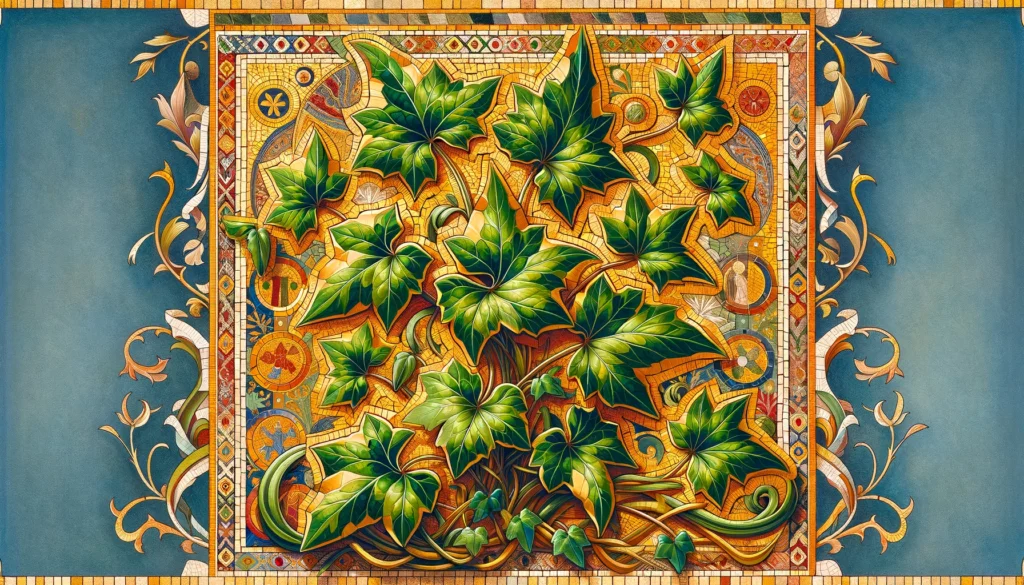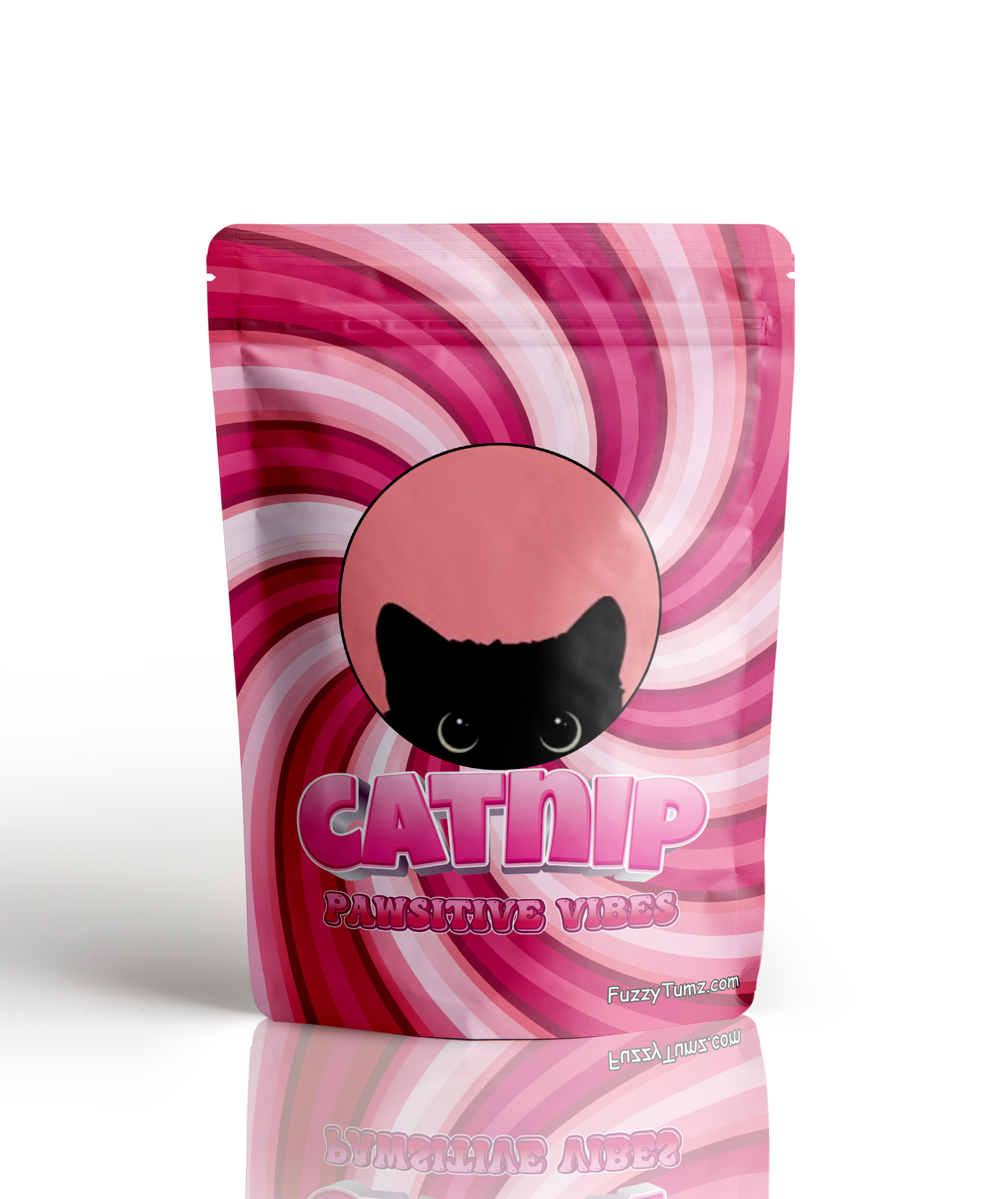Home » Cat Plants » How Dangerous is the Devil's Ivy Plant for Cats?

Devil’s Ivy, also known as Pothos, Golden Pothos, Taro Vine, Ivy Arum, and Epipremnum aureum, is a popular houseplant that can be toxic to cats. While cats are not necessarily allergic to Devil’s Ivy, ingesting any part of the plant can cause severe symptoms due to the insoluble calcium oxalate crystals present in the leaves and stems.
These crystals can irritate the mouth, tongue, and gastrointestinal tract of cats. Devil‘s Ivy is commonly found as an indoor plant in hanging baskets or climbing on supports.
Ingestion may cause mild gastrointestinal upset, but is generally not life-threatening.
Ingestion can result in mild symptoms like vomiting, diarrhea, or drooling. Rarely fatal but may require veterinary care.
Eating these plants can lead to more pronounced symptoms like abdominal pain, lethargy, or difficulty breathing. Veterinary intervention may be necessary.
Ingesting even small amounts can cause severe symptoms like organ damage, seizures, or cardiac failure without rapid treatment.
All parts of these plants are extremely poisonous to cats and can quickly lead to death, even with immediate veterinary care.
** Please note: Please note that toxicity level can vary based on the amount ingested and the specific cat. It's always best to keep these plants completely inaccessible to cats and seek immediate veterinary care or call the poison hotline if you suspect your cat has ingested any part of a toxic plant.
If a cat ingests Devil’s Ivy, it may experience various symptoms due to the calcium oxalate crystals. These crystals can cause immediate pain and irritation in the mouth, leading to excessive drooling, pawing at the mouth, and difficulty swallowing. Other symptoms may include:
In severe cases or if a large amount of the plant is consumed, a cat may experience renal failure, seizures, or even death.
If you suspect your cat has ingested Devil’s Ivy, it is crucial to seek veterinary care immediately. Your veterinarian will likely follow these steps to diagnose and treat your cat:

A: Yes, cats can be allergic to Devil’s Ivy. Symptoms of an allergic reaction may include itching, sneezing, and skin irritation.
A: Yes, Devil’s Ivy, also known as Pothos or Epipremnum aureum, is toxic to cats. Ingesting any part of this plant can cause symptoms such as vomiting, diarrhea, and drooling.
A: Symptoms of Devil’s Ivy poisoning in cats include vomiting, diarrhea, excessive drooling, oral irritation, and difficulty swallowing. Immediate veterinary care is recommended if ingestion is suspected.
A: To prevent contact, ensure that Devil’s Ivy is not present in your home or garden. Keep your cat indoors or monitor outdoor activities closely to avoid exposure.
A: If your cat ingests Devil’s Ivy, contact your veterinarian immediately. Do not induce vomiting unless instructed by a veterinary professional. Immediate medical attention is necessary.
A: Yes, Devil’s Ivy is commonly found in homes and gardens as an ornamental plant. It is important to ensure this plant is kept out of reach of cats to prevent accidental ingestion.
Devil’s Ivy, or Epipremnum aureum, is native to the Society Islands in the South Pacific. It was first discovered and classified by botanists in the late 19th century. The plant gained popularity as a houseplant in the mid-20th century due to its adaptability, ease of care, and attractive foliage. It has since become one of the most widely grown indoor plants worldwide.
The common name “Devil’s Ivy” is thought to stem from the plant’s resilience and ability to thrive in low-light conditions, as it remains green even when kept in the dark. The name may also refer to the plant’s toxicity, as it can be harmful to pets and humans if ingested.
Please note: The information shared in this post is for informational purposes only and should not be considered as veterinary medical advice.
